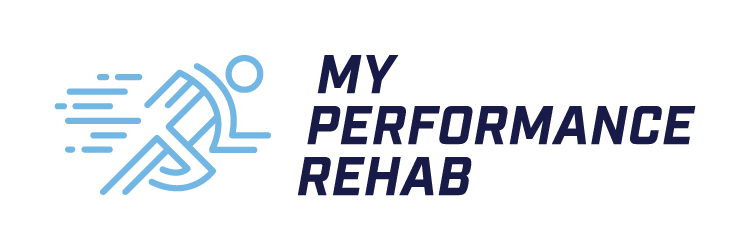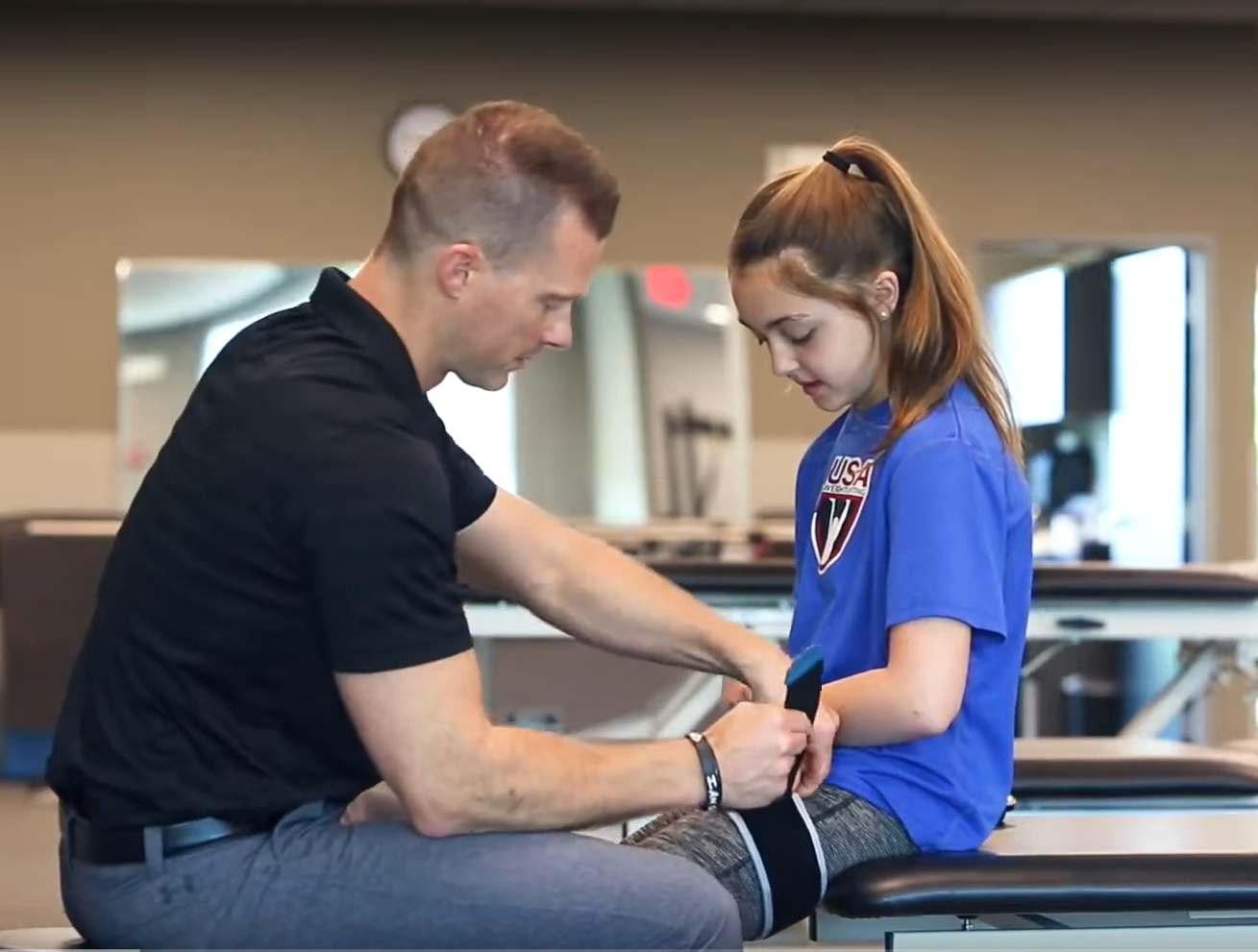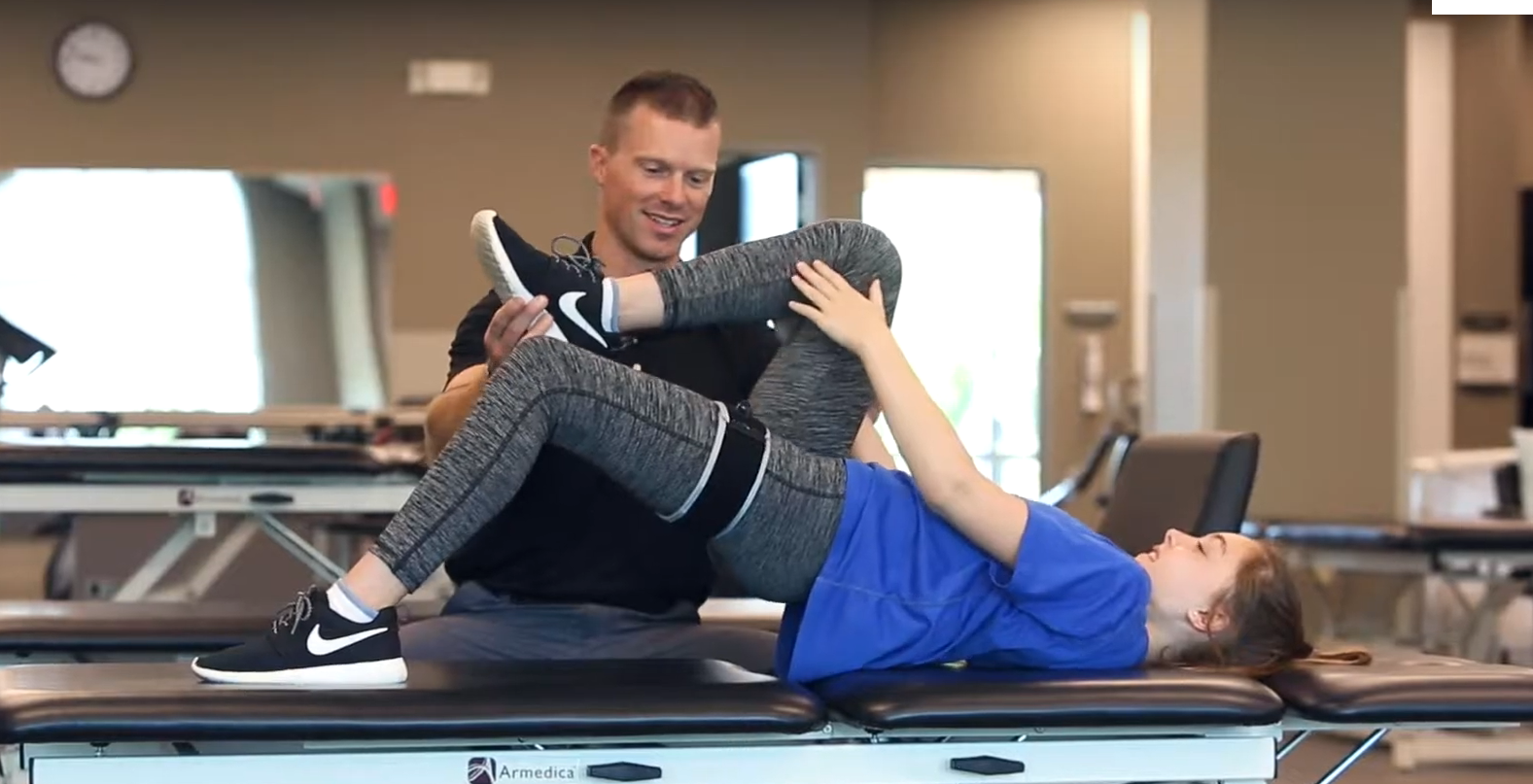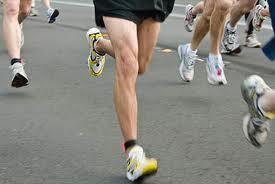To heel strike or not…that is the question.
A running cadence of 85-90 strides/minute (170-180 steps/minute) has been widely accepted to be ideal for runners - This is a pretty fast pace! The reason: Less time with your foot on the ground = less slowing down of your body. Contact time on the ground creates more friction which slows you down. Once in motion, running is a perpetual action that is only hindered by foot contact time. Sounds good, right? Makes sense, right? I would argue that ideally, this makes great sense.
 In practice, though the vast majority of runners (from novice to elite) are heel strikers. If your heel hits first then more of your foot has to contact the ground which, based on the understanding above, should slow you down. So, why would anyone heel strike, let alone the majority of runners?
In practice, though the vast majority of runners (from novice to elite) are heel strikers. If your heel hits first then more of your foot has to contact the ground which, based on the understanding above, should slow you down. So, why would anyone heel strike, let alone the majority of runners?
Where do we go from here?
This line of statements comes from a string of thoughts based on science, or lack thereof often, as well as anecdotal evidence I’ve discovered treating orthopedics the past several years. This is where I have landed on the issue.
Here is why heel strike is bad for running (while it is ideal for walking):
- When your heel accepts the force of your body weight, your foot is rigid (locked). This translates the shock out of your foot/ankle, but usually places it up to the knee and back.
- When your foot lands in front of your body, your IT band (a band that runs from your hip down the outside of your thigh to just under your knee) becomes overactive. This can result in generalized knee pain, also known as patella-femoral syndrome as well as hip bursitis.
- Tendency for longer strides, which are not natural and often don’t work for efficiency.
- Over-striding also typically leads to the overuse of the hamstring muscles with a heel strike.
Here is why forefoot landing is bad for distance running (but ideal for sprinting):
- Overuse of calf muscles which causes significant fatigue, as well as Achilles tendon issues, and often plantar fasciitis due to poor lower leg translation over the ankle joint.
- Landing on the forefoot puts significant increased stress on significantly small bones. Look at how thick and dense your heel is compared with the bones that make up our toes. This can quickly lead to stress fracture.
 So, to say one style of running is “better” is not accurate – what makes sense on paper and in an ideal person doesn’t always pan out in reality. I ascribe to following the evidence and research whenever available. Midfoot landing with running makes the most sense, but cannot be generalized. It has flaws too. Trust me, this is not going to be a popular answer, but there is NO WAY – NO WAY to address proper running form in most persons, let alone to be able to say what the best technique is for all.
So, to say one style of running is “better” is not accurate – what makes sense on paper and in an ideal person doesn’t always pan out in reality. I ascribe to following the evidence and research whenever available. Midfoot landing with running makes the most sense, but cannot be generalized. It has flaws too. Trust me, this is not going to be a popular answer, but there is NO WAY – NO WAY to address proper running form in most persons, let alone to be able to say what the best technique is for all.
The science is simply not there, and I would argue that it may never be there. Have 20 people stand in front of you barefoot and look at how varied each person’s intrinsic foot structure appears, let alone their knee and hip alignment, bone density, muscle length and strength, tissue quality, or any other physical differences…and this is just with them in a static position! Imagine how much more complex it is when they begin to run.
 Now, does that mean we should throw our hands in the air just say, “we all run how we naturally run, and leave it at that?” Not even close. We can all use improvement. We shouldn’t focus on what is ideal for all or most, but what is ideal for you. We, as runners have the responsibility to alter what we can change and minimize the negative effects of what we can’t change. Identifying those limitations is key.
Now, does that mean we should throw our hands in the air just say, “we all run how we naturally run, and leave it at that?” Not even close. We can all use improvement. We shouldn’t focus on what is ideal for all or most, but what is ideal for you. We, as runners have the responsibility to alter what we can change and minimize the negative effects of what we can’t change. Identifying those limitations is key.
Ah, now we’re getting into what I am passionate about. What exactly are these limitations and imbalances? We will talk about some of the most common issues I see clinically and what you can do to help identify and address them. Stay tuned to continue this discussion on running form. Next post I will have a guest blogger, Collin Trent. Collin is someone that I truly respect as a seasoned runner, but even more so as an informed athlete always looking into the why and how of his craft. Make sure to check back in later to hear what he has to say. He is a very credible source!
References:






Share:
Does Running Form Matter?
Running Form - Should You Change?